Ofensiva Revolucionaria
El 13 de marzo de 1968 se inició la Ofensiva Revolucionaria. Comenta Lillian Guerra (2012) en su libro Visions of Power in Cuba:
- Se nacionalizaron 58,012 negocios. Entre ellos «woodworking factories, private music academies, small stores, beauty salons, mechanic shops, appliance repair stands, thousand of timbiriches, and makers of household products like brooms.»
- «Unlike the first campaign of nationalizations in 1960, however, the state did not indemnify most owners and summarily confiscated any vehicles or goods acquired by their businesses.»
- «Officials also froze all related bank accounts, allowing former property-owners to withdraw a maximum of only $200 by the end of March. According to typical press accounts of the interventions, any large reserves of cash that PCC-CDR teams found in the homes of small businessmen were also fair game for confiscation.»
- «No more would the Cuban postal service allow citizens to receive the packages of «little gifts» that exiled relatives sent to «humiliate» and «provoke» revolutionaries into feelings of envy and doubt.»
- «INAV would no longer distribute houses and apartments through a lottery.»
- «The state did not just close all privately owned bars; it closed all state-owned bars, nightclubs, and liquor stands as well. (pp. 300-301)Una gran parte de los negocios nacionalizados había surgido con posterioridad a 1959.
- Los negocios nacionalizados pasaron a ser administrados por individuos electos por los CDR, entre ellos muchas amas de casa sin conocimientos empresariales. «Leaders declared that this was not a problem. Together with the basic training that a special radio and television program offered, managers were encouraged to analyze the speeches of Fidel with their local CDR in order to morally prepare themselves for the task at hand.» (pp. 302-3)
- «De acuerdo con datos publicados por el periódico Granma en marzo de aquel año, se confiscaron 55.636 pequeños negocios, muchos operados por una o dos personas. Entre ellos 11.878 comercios de víveres (bodegas), 3.130 carnicerías, 3.198 bares, 8.101 establecimientos de comida (restaurantes, friterías, cafeterías, etc.), 6.653 lavanderías, 3.643 barberías, 1.188 reparadoras de calzado, 4.544 talleres de mecánica automotriz, 1.598 artesanías y 3.345 carpinterías.» (en Cubaencuentro)
* * *
En Karol, K. S. 1970. Guerrillas in Power: The Course of the Cuban Revolution. New York: Hill & Wang:
According to the official figures published late in March 1968,, altogether 58,012 stalls, shops, and private service establishments were nationalized, and large secret stocks of consumer goods were confiscated. In Havana alone, the authorities closed 16,634 private enterprises.
This figure included 9,179 craftsmen working on their own, with and without licenses. They were all invited to take their righful place in the various factories. As for the illegal traders, a large body of them got together and offered to make good their past lapses with a promise of wholehearted collaboration with the authorities. The official figures tell us nothing about the precise number of people released for «more suitable» employment; they simply reveal that more than 50 per cent of the newly nationalized concerns had sprung up after the Revolution. In fact, 27 per cent of them had been started by workers who «have deserted their factories to turn into bourgeois egotists, and to accumulate riches by exploiting the very people from whom they had sprung.” (P.442)
Samples of the confiscated goods were shown on television; they were mostly spare parts for motor cars or television sets, linen, soap, condensed milk, flour, butter, perfumes, deodorants, and other products in short supply. Many of the traders had lived an extremely simple life, for fear that their neighbors would discover their crimes and become jealous of their good fortune. Other had lived off the fat of the land, flaunting their riches. But no matter what their attitude, all of them–according to the leader-writers–had modeled themselves on Julio Lobo. (P.443)
Datos tomados por K. S. Karol del número 12 de Bohemia, correspondiente al 21 de marzo de 1969.
* * *
En el Informe del CC del PCC al Primer Congreso del Partido, publicado en La Habana (1978) (p. 49), y tomado de Rodríguez García, José Luis. 1990. Desarrollo económico de Cuba 1959-1988. Mexico D.F.: Nuestro Tiempo:
Tal medida [la Ofensiva Revolucionaria de marzo de 1968] no era necesariamente una cuestión de principios en la construcción del socialismo en esa etapa, sino el resultado de la situación específica de nuestro país en las condiciones de duro bloqueo económico impuesto por el imperialismo y la necesidad de utilizar de modo óptimo los recursos humanos y financieros, a lo que se sumaba la acción política negativa de una capa de capitalistas urbanos que obstruían el proceso. (p. 58)

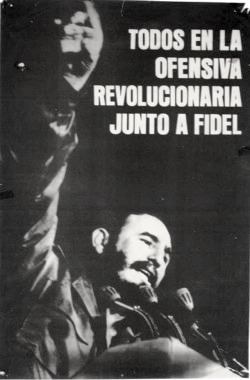
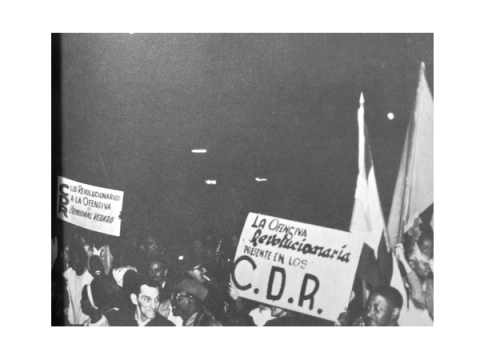
 Cuba Material
Cuba Material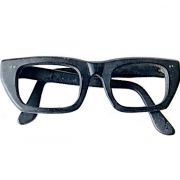
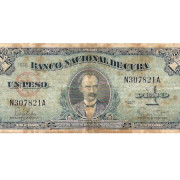

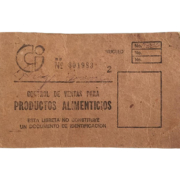 Cuba Material
Cuba Material
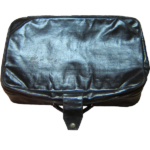 Cuba Material
Cuba Material Cuba Material
Cuba Material
Desde puestos de fritas hasta pequeñas parcelas de tierra como la que mi padre sembrara flores.